THIS ARTICLE/PRESS RELEASE IS PAID FOR AND PRESENTED BY NIBIO - Norwegian Institute of Bioeconomy Research - read more
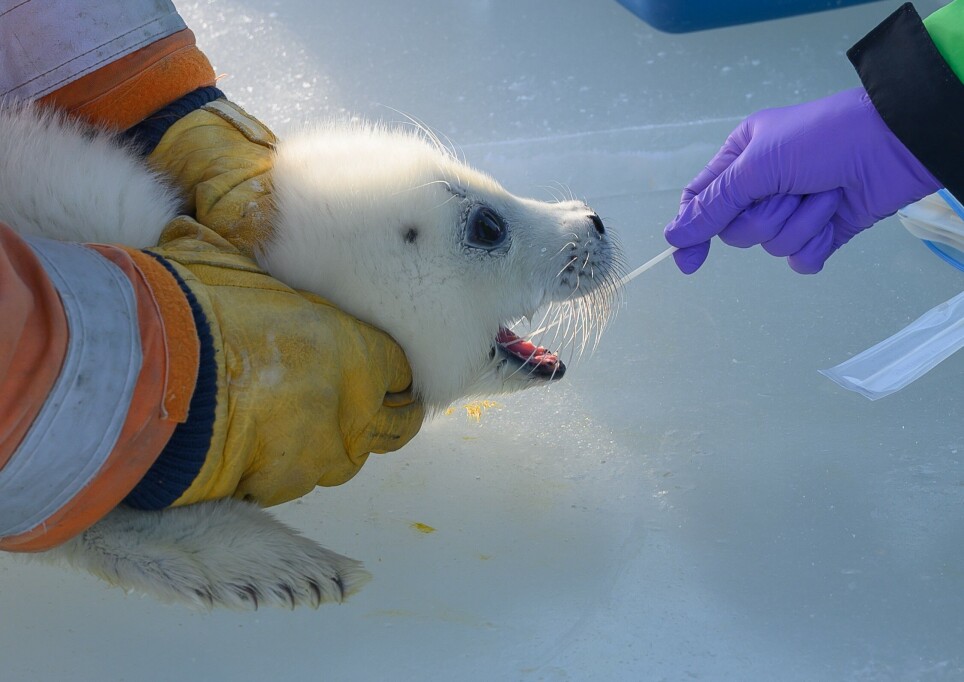
Norwegian-Kazakhstan research collaboration aims to save endangered seal species
Pollution, illegal hunting, global warming and disease pose a serious threat to the Caspian seal. Norwegian researchers have now teamed up with seal experts from Kazakhstan to save this endangered, red-listed species.
The Caspian seal (Pusa caspica) is a species native to the Caspian Sea which lies in Eastern Europe and Central Asia.
For centuries the seal has been hunted, and since the start of the 20th Century, its population has declined from an estimated 1 million seals to just over 70,000 seals.
Recent estimations show that the population is currently declining by 3-4 per cent per year.
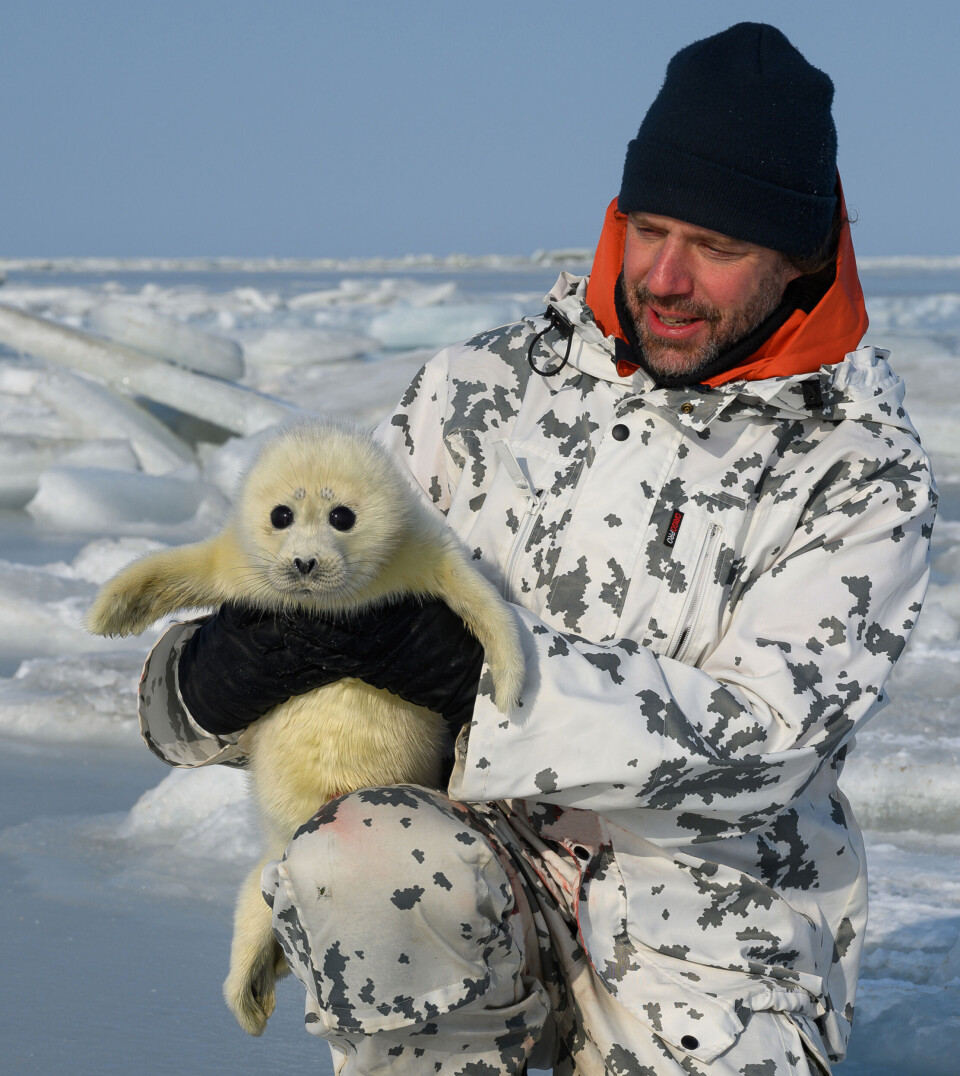
70 per cent of female seals may be sterile
In 2009, the Caspian seal was listed as endangered by the International Union for Conservation of Nature. In 2018, following an initiative from the Caspian Seal Research and Rehabilitation Centre (CSRRC) in Kazakhstan, it was entered into the red list of endangered species.
Despite this, poaching continues in the region, along with the continuous threat to its survival from oil spills and other pollution, diseases, and climate change related issues.
Oil, industrial and heavy metals, agricultural pesticides, radioactive waste, wastewater, and household waste have all entered the sea and poisoned the seal’s habitat.
"We have estimations that show that up to 70 per cent of female seals may now be sterile, unable to produce offspring,” Aselle Tasmagambetova, founder of the CSRRC, says.
Illegal fishing nets are a problem
According to the CSRRC’s website, another reason for the seals’ decline is due to them being caught in illegal fishing nets.
“Since we opened our seal rehabilitation centre in Aktau, Kazakhstan two years ago, we’ve treated around 70 seals. Approximately half of these were caught in illegal nets, so this is definitely an issue which needs addressing,” Tasmagambetova says.
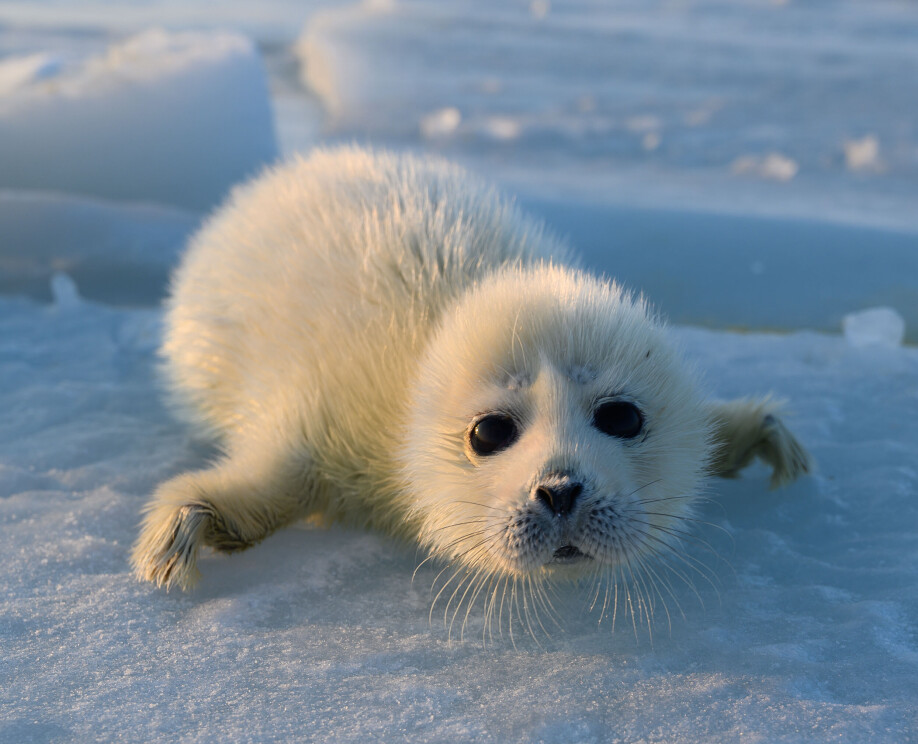
Climate change affects the seals
Global warming is an important issue for all marine ecosystems, and the Caspian Sea is no exception. Aselle Tasmagambetova says that particularly the north side of the sea in the Kazakh region is important. This is where the seals breed during winter.
“The Caspian seals breed, give birth, nurse and train their pups on ice only. Global warming, also in regard to the already documented water level decline, will thus have a major impact on the seals’ most important habitat,” she says.
She adds that the CSRRC are currently collaborating with the King Abdullah University of Science and Technology in Saudi Arabia to develop sensors which track the seals’ migration pattern.
“Hopefully, the data gathered from these sensors will provide us with important information on how the seals cope with temperature change, in that they may have to try and find new areas to live in the future,” she says.
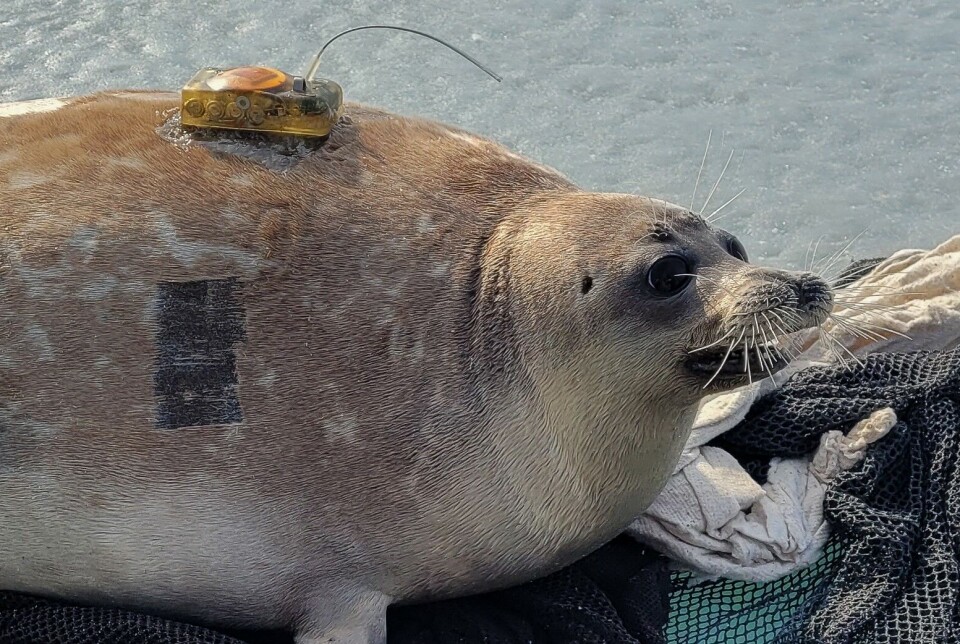
Mass mortality due to pneumonia
In addition to the threat from global warming, there have been several mass mortality cases among the Caspian seals during the past decades.
The last one was observed in November 2022, for which the CSRRC requested a full report. A group made up of representatives from scientific organisations and government bodies concluded that the main cause of death for most of the seals was virus-associated acute pneumonia as a result of an outbreak of mixed influenza and morbillivirus infection.
“The report confirmed our suspicions over the past years, in that the accumulation of toxic metals and chemicals in the water, soil and ice may affect the seals’ immune systems, making them more vulnerable to viruses,” Tasmagambetova says.
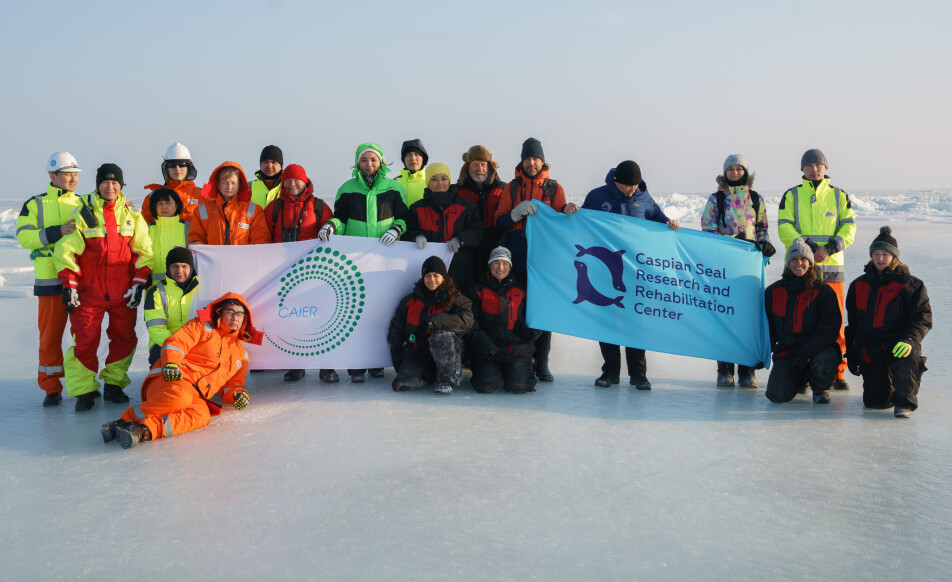
Genetic diversity essential to species’ survival
The CSRRC was established as an effort to save the Caspian Seal, which is regarded as a key indicator for the health of the Caspian Sea upon which the livelihoods of many people depend.
The Centre collaborates with similar organisations in the surrounding countries. It has recently established contact with the Norwegian Institute of Bioeconomy Research, NIBIO.
Dr. Tommi Nyman is a researcher at NIBIO Svanhovd Molecular Centre, and is an expert on genetic variation in populations. Amongst other things, he has extensive experience in studying an extremely rare Finnish seal species, the Saimaa ringed seal (Pusa hispida saimensis), of which only around 400 individuals remain.
“There are some similarities between the situation of the seals in the Caspian Sea and the seals endemic to Lake Saimaa in Finland. However, whereas the Caspian seal population is declining, we’ve actually seen a slow increase of the Saimaa seals," he says.
Significant inbreeding poses a problem
"In the 1980s there were a mere 150 seals in Seimaa. Today there are over 400 seals. This is most likely due to new restrictions concerning fishing nets,” he says.
Nyman's studies show, however, that the genetic diversity of the Saimaa ringed seals is very low, suggesting significant inbreeding within the population.
“This is unfortunate, as preservation of genetic diversity is essential to the conservation efforts of endangered species. Decreasing population size and increasing isolation, which is the case for the Caspian seal, may result in reduced fitness both at individual and population level,” Nyman says.
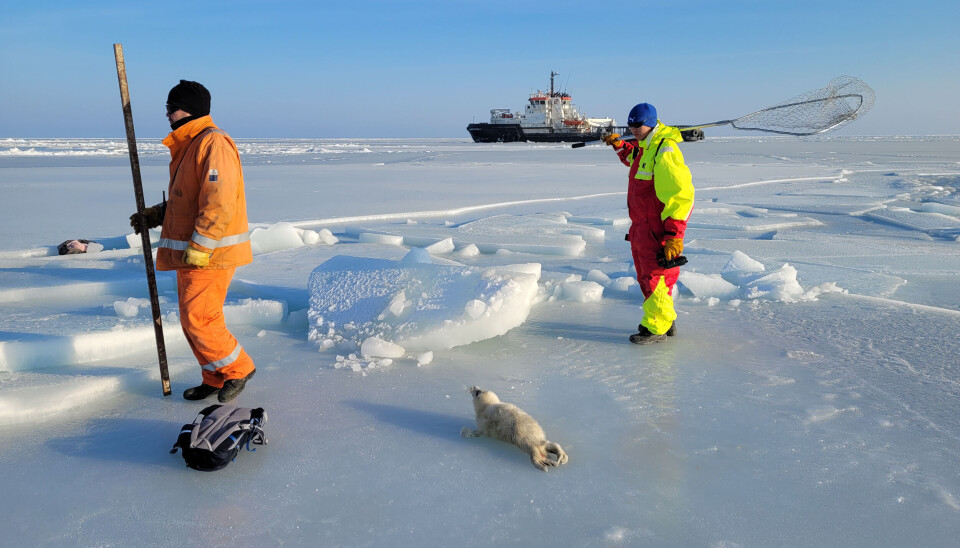
Genetic analyses of seal parasites can reveal inbreeding
To find out if inbreeding may be a threat to the Caspian seal population, Dr. Nyman recently travelled to Kazakhstan to join a seal expedition led by the CSRRC.
The aim was to search the seals for parasites, namely lice, which only transmit from one seal to the other through close contact, i.e., during mating and nursing.
“Our genetic analyses of lice sampled from individual seals in Lake Saimaa, showed that the seals’ low diversity and distinct spatial genetic structure was reflected in the genetic composition of their lice,” Nyman says. “Put more simply, if pairs of lice found on individual seals have the same genetic make-up, this indicates that the lice are inbreeding, which in turn tells us that the seals are doing the same.”
Unfortunately for Nyman, no parasites were found on the seals they came across during the expedition on the ice-covered Caspian Sea.
However, the CSRRC have found and sent several lice samples to Nyman at Svanhovd’s DNA laboratory for genomic resequencing and other genetic analyses. The analyses will later be broadened to also include other Caspian seals parasites.

The seals move across national borders
Tasmagambetova at the CSRRC says that NIBIO’s genetic studies on seal parasites can provide a broader understanding of the Caspian seals’ origin, health and life cycle, also for future seal generations.
“Our aim is to gather enough scientific data so that we can build a comprehensive database which provides us with a full overview of population structure, parasites and more among the marine mammals of the Caspian Sea,” she says.
As of today, there are few unified policies in place for saving the seals between the countries surrounding the Caspian Sea.
“Due to the fact that the seals migrate with no regard to borders, it is important that all countries handle them and their situation in a unified and systemic way,” Tasmagambetova says.

Unified transnational policies are necessary
She points out that there is a lot of oil production activity in the Northern part of the Caspian Sea.
“We need to reach an agreement with the surrounding countries to ensure that everyone puts an effort in saving the environment of the Caspian Sea along with its marine inhabitants,” she says.
Tasmagambetova says that they hope the Tehran Convention Process, which serves as an overarching governance framework and lays down systemic mechanisms for environmental protection and sustainable development in the Caspian Sea region, can help in this regard.
"All our research, analyses and studies can be used to develop targeted transnational policies to reverse the current seal population decline,” she says.
References:
Heino et al. Museum specimens of a landlocked pinniped reveal recent loss of genetic diversity and unexpected population connections, Ecology and Evolution, 2023. DOI: 10.1002/ece3.9720
Herrera et al. High levels of inbreeding with spatial and host-associated structure in lice of an endangered freshwater seal, Molecular Ecology, 2022. DOI: 10.1111/mec.16569
Löytynoja et al. Fragmented habitat compensates for the adverse effects of genetic bottleneck, Current Biology, 2023. DOI: 10.1016/j.cub.2023.01.040

This article/press release is paid for and presented by NIBIO - Norwegian Institute of Bioeconomy Research
This content is created by NIBIO's communication staff, who use this platform to communicate science and share results from research with the public. NIBIO is one of more than 80 owners of ScienceNorway.no. Read more here.
See more content from NIBIO:
-
This colourful bird is thriving in Norway
-
Can drone-mounted tree planting replace manual tree planting?
-
Light traps can tell us more about nocturnal moths
-
Climate change and land use threaten Sámi reindeer husbandry
-
Researchers are now going to monitor carbon in forest and grassland soils
-
Nine facts about Norwegian agriculture




































